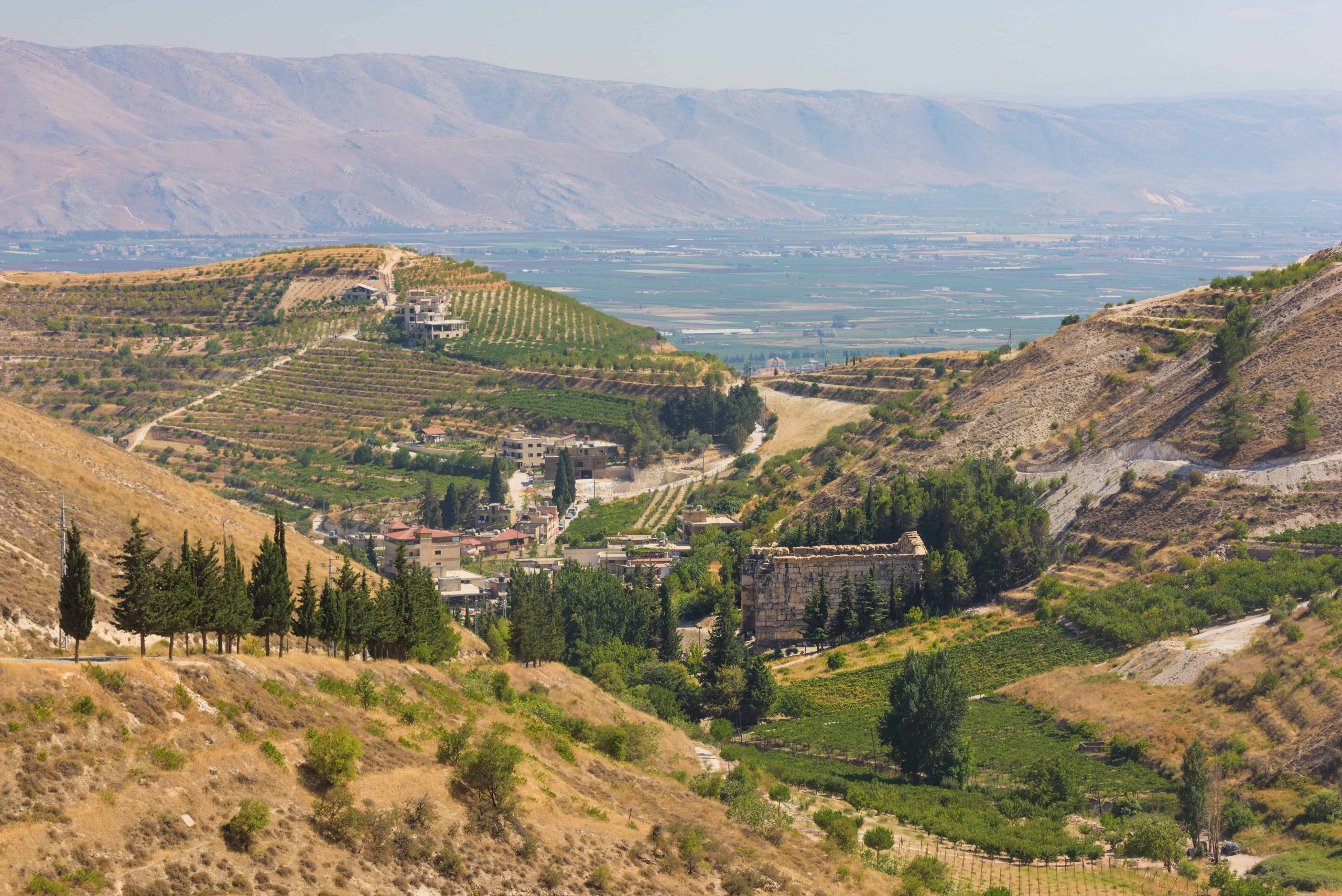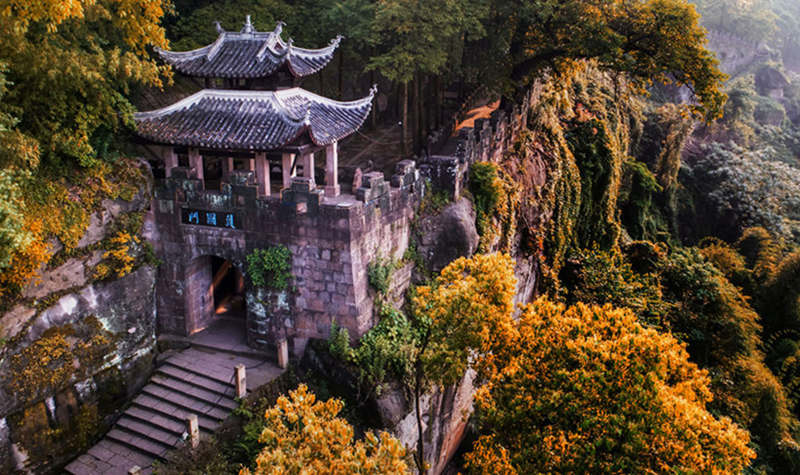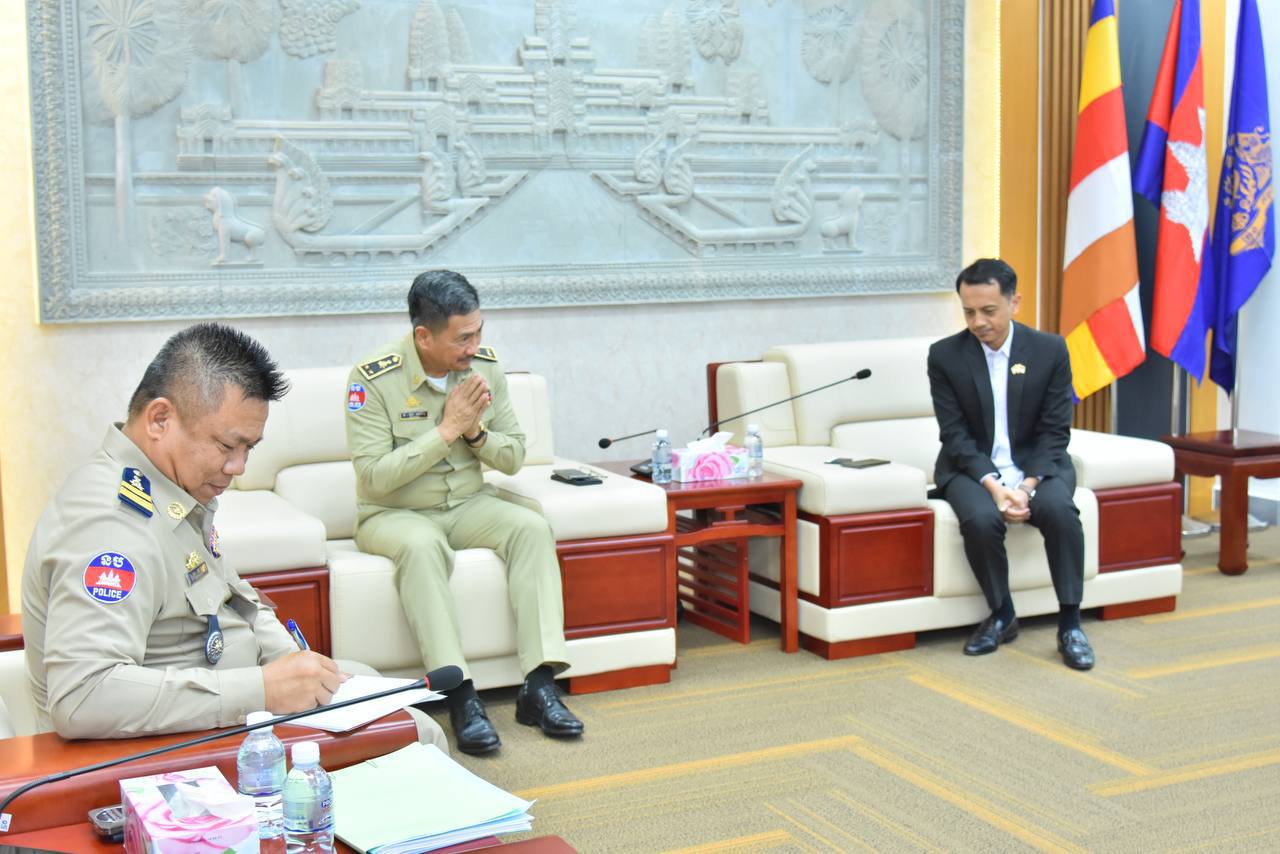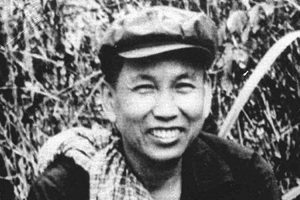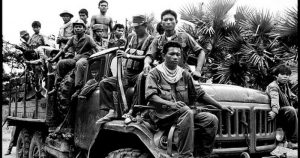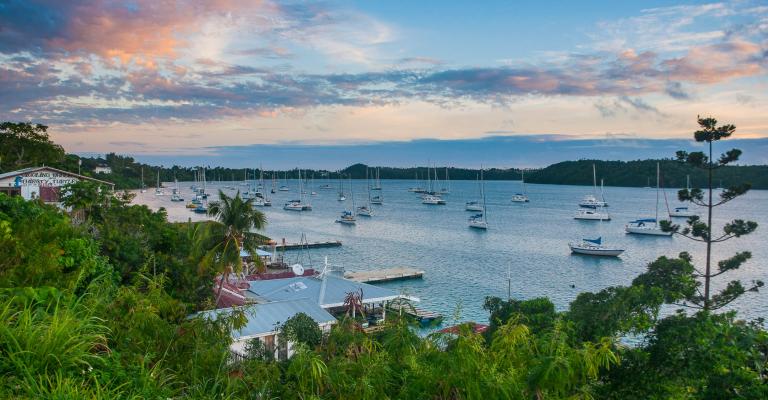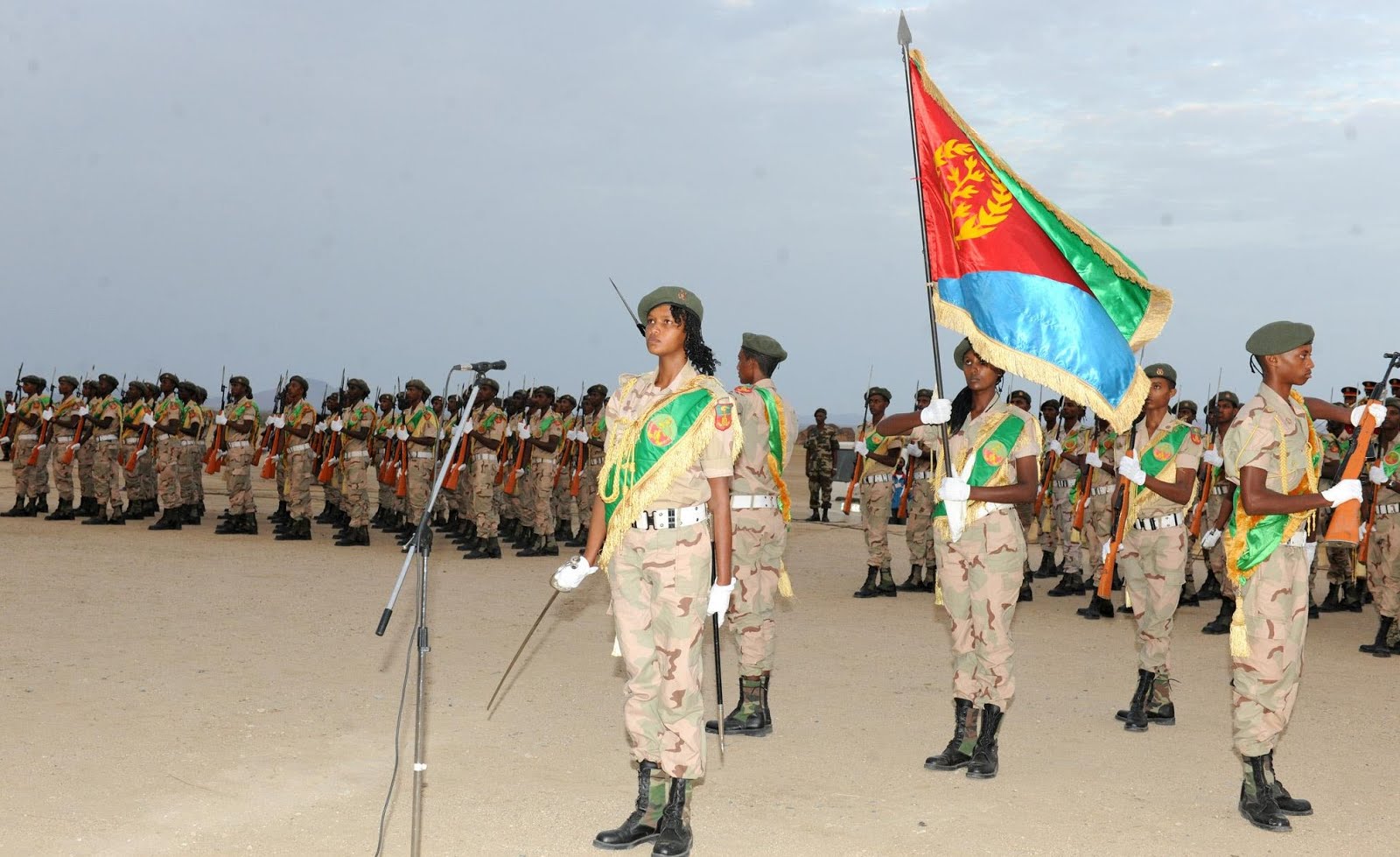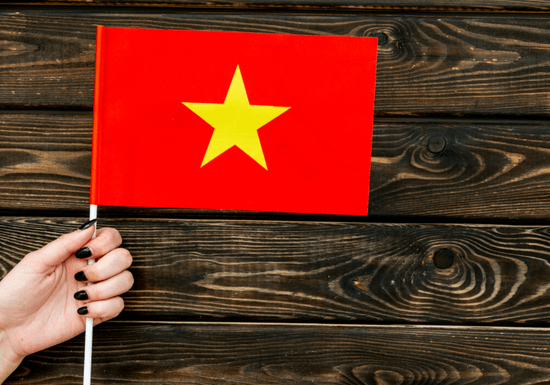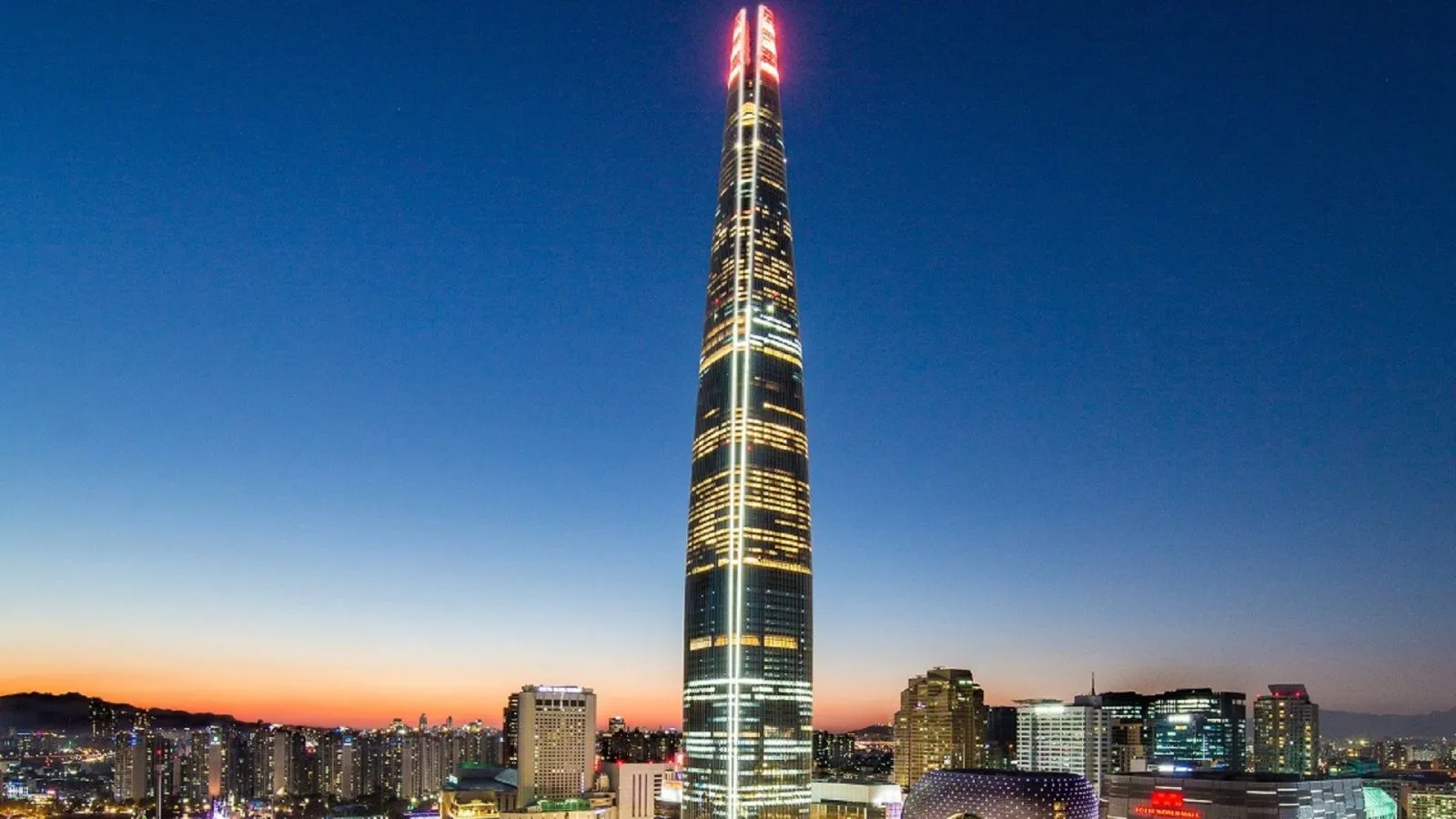priceless-stories.org – Motivation is the driving force that propels individuals to pursue their goals, overcome challenges, and achieve success. It is an essential element in personal development, professional growth, and the attainment of any desired outcome. In this article, we will explore the art of motivation, examining its various facets, strategies for cultivating it, and its impact on performance and well-being.
Understanding Motivation
At its core, motivation is the psychological process that gives behavior purpose and direction. It is what energizes us to act, sustains our efforts over time, and leads us to accomplish our objectives. Motivation can be intrinsic, stemming from internal rewards like satisfaction and personal growth, or extrinsic, driven by external rewards such as money or recognition.
Intrinsic vs. Extrinsic Motivation
Intrinsic motivation arises from within and is characterized by a genuine interest in the activity itself. It is often associated with higher levels of creativity, engagement, and persistence. Extrinsic motivation, on the other hand, is fueled by external factors and can be effective in the short term but may not sustain long-term interest or effort.
Strategies for Cultivating Motivation
Cultivating motivation is a dynamic process that involves understanding one’s own drives and desires, setting clear goals, and employing effective strategies to maintain momentum. Here are some key strategies for fostering motivation:
Setting Clear and Achievable Goals
Goals provide a roadmap for our efforts and give us a sense of direction. Setting clear, specific, and achievable goals can significantly enhance motivation. The SMART criteria—Specific, Measurable, Achievable, Relevant, and Time-bound—offer a useful framework for goal setting.
Finding Your Why
Understanding the reasons behind your goals can boost motivation. When you know why you want to achieve something, you are more likely to stay committed and overcome obstacles. Reflecting on the deeper meaning and purpose of your objectives can strengthen your resolve.
Creating a Supportive Environment
Surrounding yourself with supportive people and creating an environment conducive to your goals can enhance motivation. This might involve seeking mentors, joining a community of like-minded individuals, or simply organizing your physical space to facilitate progress.
Breaking Tasks into Smaller Steps
Large goals can seem daunting, but breaking them down into smaller, manageable tasks can make them more approachable. This strategy helps maintain motivation by providing a sense of accomplishment with each completed step.
Celebrating Progress
Recognizing and celebrating progress, no matter how small, is crucial for sustaining motivation. It reinforces positive behavior and provides a psychological boost that can help you stay on track.
The Impact of Motivation
Motivation has a profound impact on both individual performance and overall well-being. Highly motivated individuals tend to be more productive, persistent, and resilient. They are also more likely to experience positive emotions and a greater sense of fulfillment.
Enhancing Performance
Motivation is a key predictor of performance. Whether in academic, professional, or personal pursuits, a strong motivation leads to better outcomes. It encourages individuals to put in the necessary effort, seek out resources, and persist in the face of challenges.
Improving Well-Being
Beyond performance, motivation is also linked to improved well-being. Engaging in activities that one is motivated to do can lead to increased happiness, reduced stress, and a greater sense of purpose.
Conclusion
The art of motivation is a powerful tool for achieving personal and professional goals. By understanding the nature of motivation, employing effective strategies to cultivate it, and recognizing its impact, individuals can unlock their full potential and lead more fulfilling lives. Whether driven by intrinsic or extrinsic factors, motivation is the engine that propels us forward on our journey to success.
